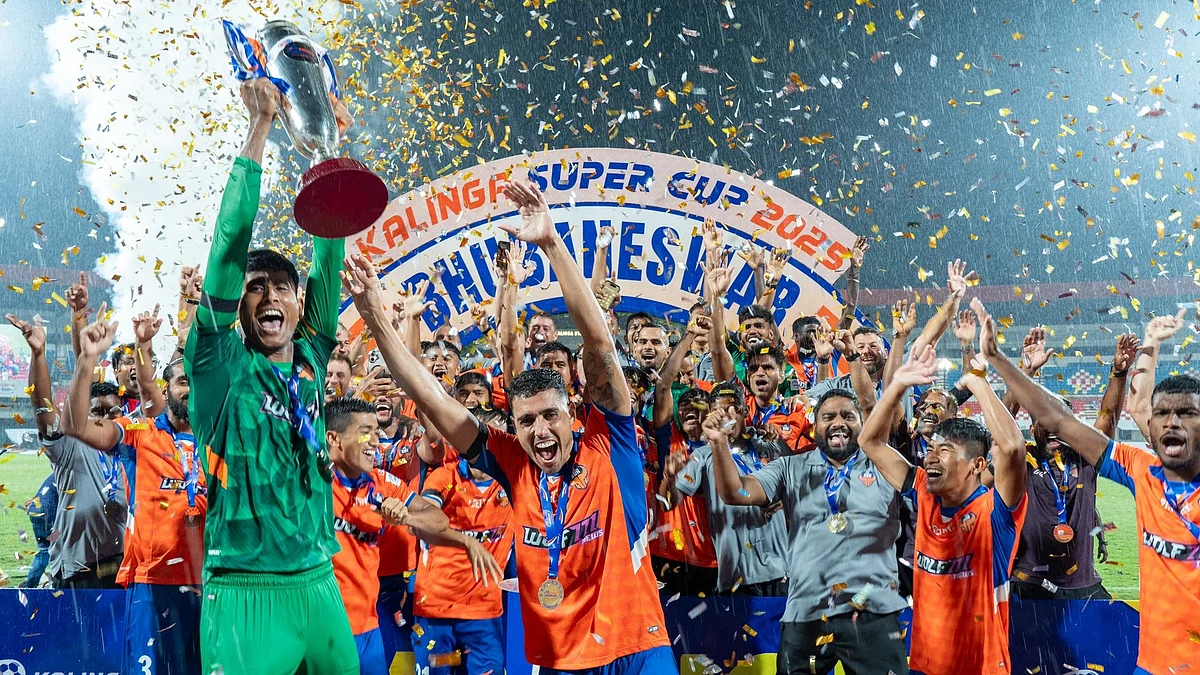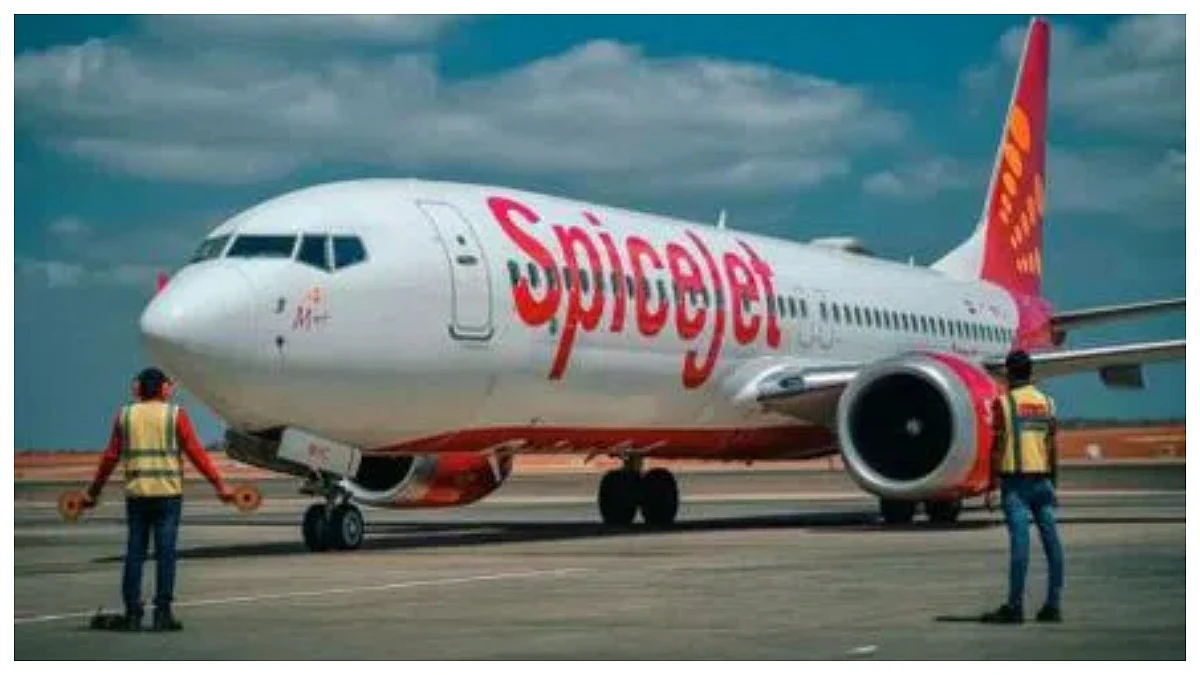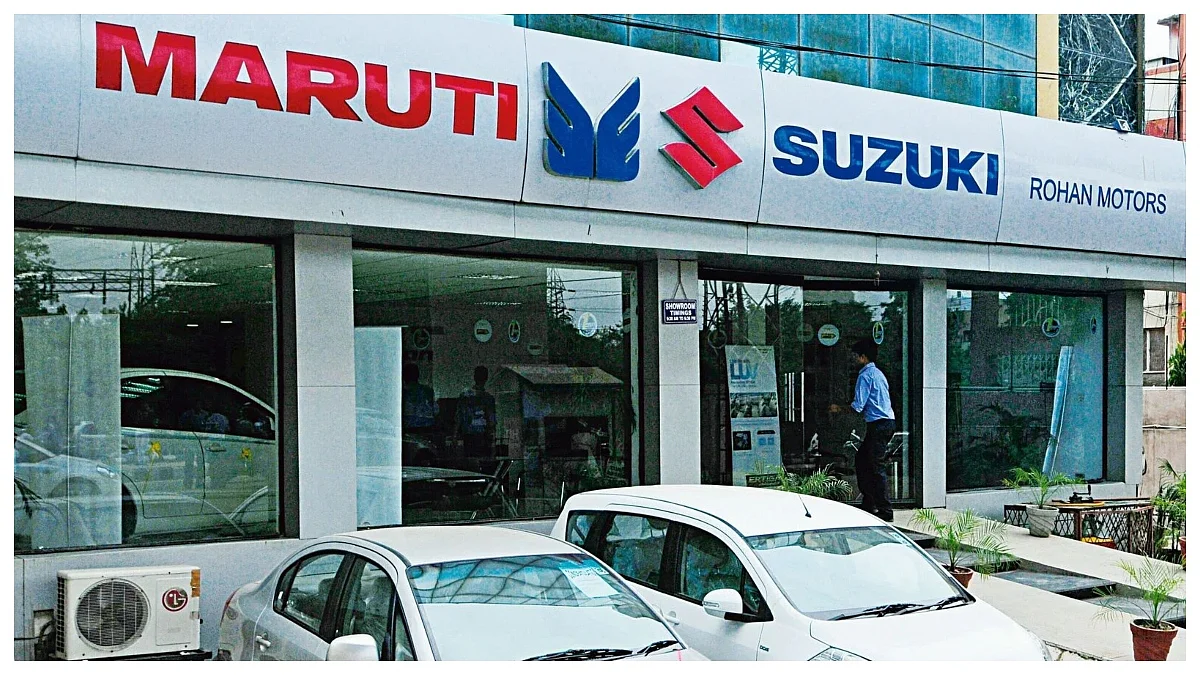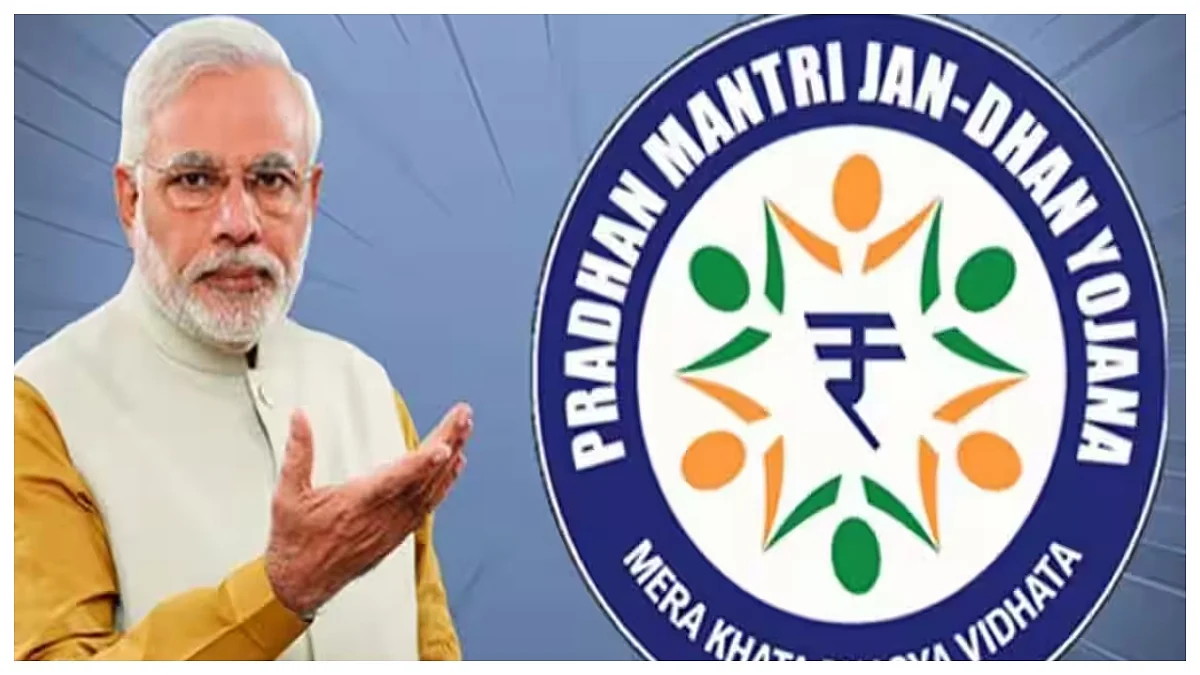By the end of FY 2022, digital lender FlexiLoans aims to touch an annualised disbursal of Rs 1,000 crore. In the present quarter, the MSME-focused digital lending platform was able to disburse Rs 100 crore every month, stated Abhishek Kothari, co-founder of FlexiLoans. He is optimistic that the company is poised to grow due to its digital model. In an interview with FPJ’s Jescilia K and R N Bhaskar, Kothari shares the company's growth proposition.
Edited excerpts:
What makes your fintech different from others?
We specialise in Micro, Small & Medium Enterprises (MSME) financing. MSMEs employ 55 per cent of the employed population, and less than 18 per cent of bank funding goes to this sector. There are 60 million MSMEs in the country, as per the last census. All fintechs put together have not given more than 10 lakh loans. We are not saturated and everyone is scratching the surface.
In the lending business, you cannot give money with the intent of not getting back the money. It is a very controlled business.
When we ventured into the Micro, Small & Medium Enterprises (MSME) space, we realised there are three problems — accessibility (India is a large country), assessment (selecting good versus bad) and capital (banks have a pool of capital but want someone to bear the risk). FlexiLoans is solving all three problems.
In terms of customer acquisition, Flexiloans is the only player that has zero sourcing from agents, or any kind of offline mechanism. The only way to avail of our services is through our website or app. We are purely a digital player.
We have partnerships with large MSME aggregators like Amazon, Flipkart, Swiggy, Zomato and others. We also have associations with GPay, Paypal, etc. Anyone using these platforms will see our proposition. As these partners grow we grow. This solves our access problem.
In the last five years, we invested heavily in building hardcore algorithms that will help differentiate between a good and a bad borrower. Banks can also differentiate between good and bad, but there is a human intervention there. So, they assess the documents and deliver results in 30 days. Flexiloans delivers the result in 30 seconds. So, technology combined with data science is our answer to the assessment problem.
In the case of capital, we created a pipeline between banks and customers. So, Flexiloans asks financial institutions to book a loan from a customer on their balance sheet, but Flexiloans takes the risk. The bank will not foray into the space as they don’t have the ability or the intent to foray into a Rs 2 lakh loan. We come in with a guarantee here for the bank. The customer custodianship lies with us.
What is the cost of your funds and at what rate do customers borrow from you?
In the past, MSMEs took loans from the informal sector like friends, family, money lenders etc at an interest of around 24-30 per cent. Today, MSMEs want hassle-free borrowing options. Thus, MSMEs come to Flexiloans that typically lends at 18 per cent.
Meanwhile, Flexiloans borrows at a 9-13 per cent interest rate. So, we have a healthy 4-5 per cent margin between lending and borrowing. This allows us to cover our risks, opex and profits.
Now the focus is to make the business more efficient — reduce the cost of capital from 8 to 6 per cent, reduce non-performing assets (NPAs) and reduce processing costs.
A large Non-Banking Financial Company (NBFC) that is borrowing at lower interest is 4 per cent better than us. However, it is 4 per cent worse than us in the case of operational efficiency — due to its branch model. In addition, our ability to scale is higher because we are a digital model. The direction in which we are heading ensures that our return on assets will be higher than a branch-backed NBFC’s return on assets. Meanwhile, the return on equity will be higher as we are not only leveraging debt but are co-lending. The typical return on equity to return on an asset will be 3-4x which in our case is 10x. This allows us to give better returns to our investors.
It is a win-win situation for everyone as the end borrower is able to borrow at a lower interest, at a faster rate and more formally. So, the next loan our customers will take may be from the bank as now they have a credit history. The same bank that gave a loan at a high rate of interest can give a loan at a reduced rate of interest — the second time around.
It is a simple proposition that is fast and affordable. But it goes into sustainable growth and that is our vision for the company.
Recovery is a challenge unless you have a physical presence. Your view.
There are two ways to measure risk: the ability to pay and intent to pay. In my five years in the lending business, I realised there is a third vertical that is the discipline to pay. There are people who have the ability and intent to pay but they do not have the discipline to pay until someone knocks on their door. There are folks who are disciplined. In our risk model, we actually have a score for discipline. There are some customers who may pay two days late which may not appear in their credit bureau report.
Typically, the borrower comes to us through partnership networks like Amazon, Flipkart and others. If these MSMEs default then they are breaking two relationships — with Flexiloans and its partner. This is a healthy business model for us.
In the past, the focus was on the negative but we focus on the positive. If these MSMEs maintain good relations with their partners they can borrow from Flexiloans. And if these MSMEs repay loan money on time then they can sell more as you can buy more inventory. This leads to a positive cycle. In the past, there was a lot of focus on the negative.
In the case of borrowers who do not have the ability, intent or discipline to pay the loan, the only way you will get your money back is by knocking at their door. In the Rs 1,000 crore lending that we have done so far, there will be single-digit cases where the customer has disappeared after the loan disbursement.
So, our process is not to collect but to knock on the door and remind the customer. We do this in a process-oriented manner.
Where does Flexiloans’ NPA stand?
Our NPAs is around 2.5 per cent. It is very balanced. At any point of time, we are not dependent on one entity, one partner, one type or one region.
I believe that more humans in the chain will lead to more fraud and more adverse selection. If machines are wrong right now, they will become right in the next 6-12 months.
How much does Flexiloans disburse every month today compared to pre-COVID times?
In March 2020, we were doing a disbursal of Rs 25-35 crore per month. Today, we are disbursing Rs 100 crore per month.
How many loans are disbursed every month and what is the amount at present?
We issue 2,000 loans a month with support from all our partners and sourcing — all of which is digital. We will be closing this quarter at Rs 100 crore per month run rate.
We have over one lakh MSME customers. These numbers have stayed constant during the COVID period as well.
As the financial year comes to an end, we plan to do Rs 1,000 crore of business this year which is equivalent to what we did in the last four years.
How much impact does risk factor play in the company’s NPA?
Of the 100 customers, two turn out to be bad customers. Our core USP has been able to handle risk on behalf of the banks and handle the customers. At the end of the day, it is the ability to differentiate and price the loans that is crucial.
Does the MSME get to choose the bank they want to borrow from?
We chose the bank for them. We have made it ultra easy for the customer. For all practical purposes, they will know which bank is lending. However, all the communications on the loan will take place with Flexiloans and not with the bank.
Is the company looking at raising funds?
Apart from sourcing customers and capital, raising equity for the lender is almost like oxygen or raw material for any manufacturer. Even though we have a scalable model in order to absorb risk, invest in technology, etc, still we are looking at potential investors. Even if you ask me a day after the next fund raise, my answer will be yes.
Many start-ups are looking at exploring the IPO journey and many fintechs looking at turning into small finance banks. Where do you stand on both these ideas?
We are not completely sold to one idea yet. We are at a very early stage of what an IPO journey will look like for us. Definitely, for the next two to three years, IPO will not be in our plan. But there is definitely a talk of trying to look for a banking license — more like a digi bank route. This is because we have the technology that solves the lending problem.
Before calling ourselves a bank, we will be looking at making more acquisitions as we believe that we need to do more with MSMEs.
What are the challenges fintechs like Flexiloans face?
The biggest challenge for us is getting access to cheaper capital that is accessible to larger entities. At some point, we would like to have some regulations that would allow us access to some cheaper capital and various schemes like the Emergency Credit Line Guarantee Scheme (ECLGS), which we were not able to access.
While we work at the grassroots level, we don't get the benefits of working in the sector.
The last five years were troubled times for lenders. So, we are hoping for good times. Since the time we started in 2016, every year has seen one crisis or another. In 2016, when we started our journey, there was demonetisation, then GST introduction, then card regulations, the IL&FS crisis and now COVID. This has made us resilient. So, whatever doesn't kill us makes us stronger.
The industry needs a lot of capital but that should be patient capital. It could be coming from entities like SIDBI, international agencies etc. When there is a Venture Capital investing, they expect a return in five years then there is a mismatch.
Which sector are you looking at for inorganic expansion?
We are in the finance space. So, we are looking at making an acquisition in the supply chain. This will allow us to access better data.
Has Flexiloans zeroed down on the company for acquisition?
No, we are actually waiting for the next fund raise. Then we will do so.










